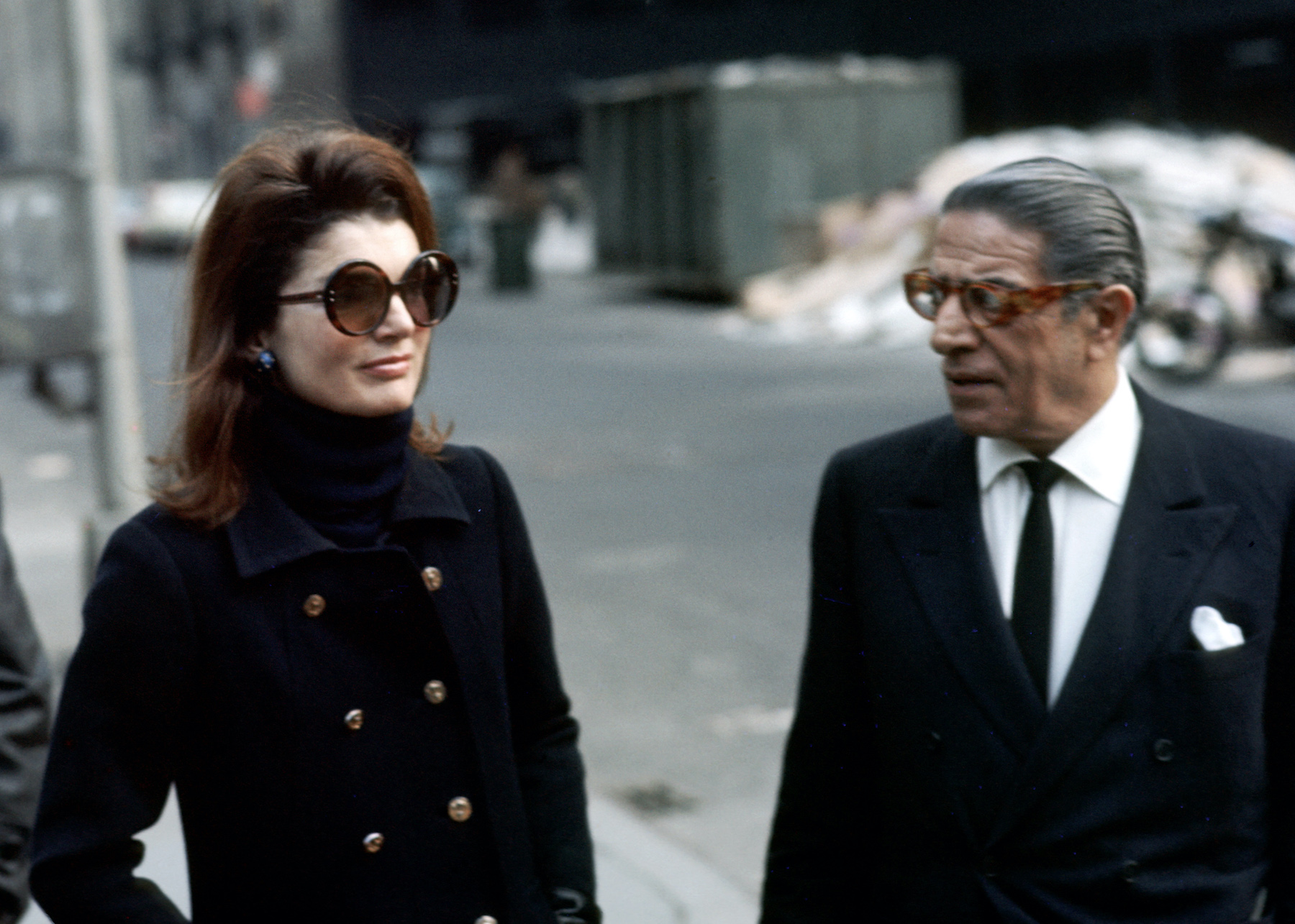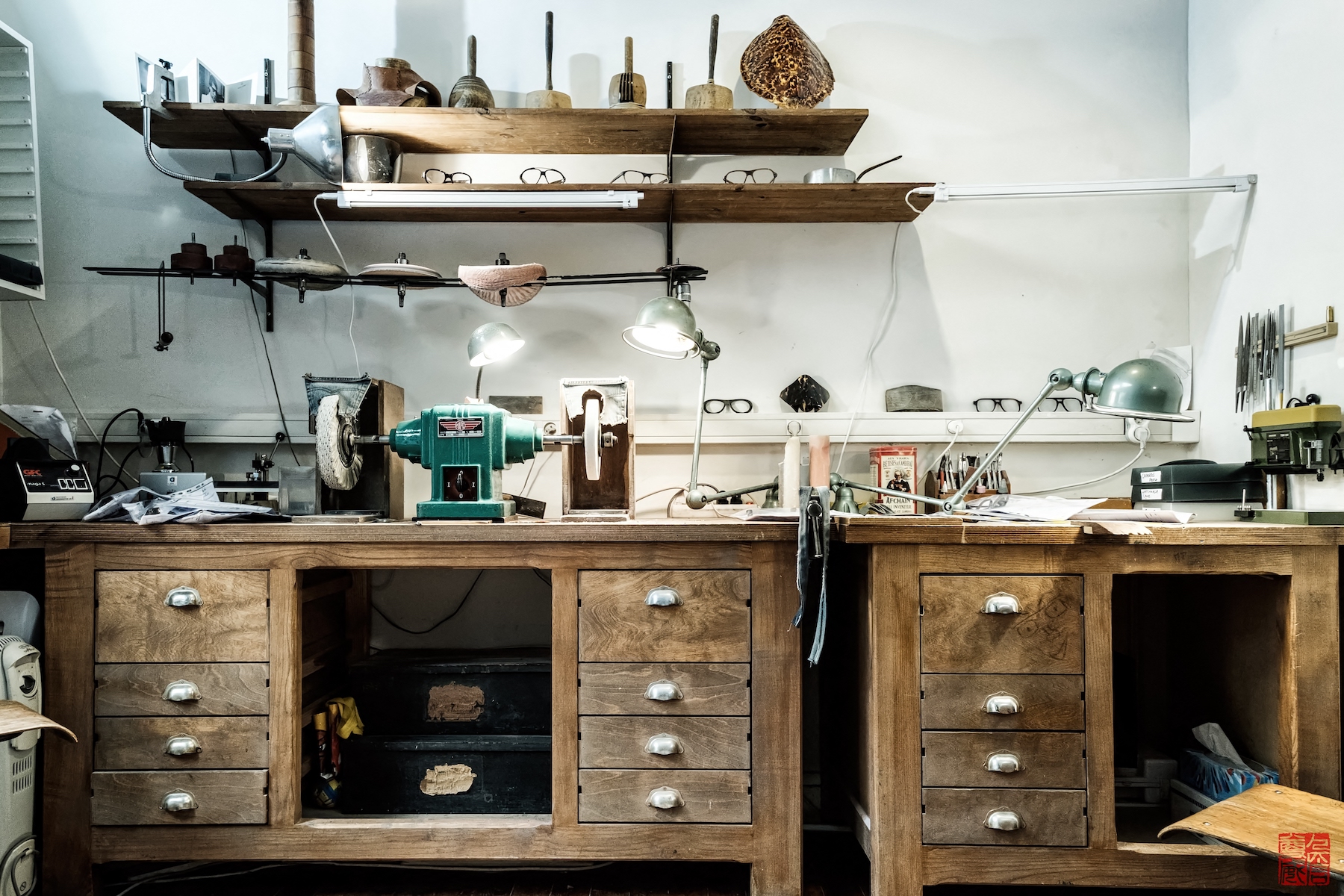Alber Elbaz orders his eyewear from Maison Bonnet in multiples. Last year, he had five pairs made, and the statement frames—thick and dark; curvy, not angular—feature prominently on his Instagram. Much to the designer’s delight, people have been commenting that he looks more svelte. The secret to his newfound élan lies not in his diet but in the bespoke craftsmanship of Maison Bonnet, whose team of experts configured Elbaz’s glasses in better proportion to his cheeks. “It’s not at all an object—it’s an extension of you,” he says of the frames. “At Maison Bonnet, they look at you and measure you. Everything is so scientific, like a French atelier as it used to be. It’s a place where there’s tradition and newness together.”
In 1930, Alfred Bonnet first began crafting gold and tortoiseshell eyewear in the French town of Morez, and today, in Paris, his great-grandson Franck Bonnet leads the family firm. Over the decades, customers have abided by a credo that might as well be Maison Bonnet’s tagline: “For one face, there is one pair of glasses.” When you consider the faces immortalized by Bonnet glasses—Le Corbusier, Yves Saint Laurent, I.M. Pei, Jacqueline Kennedy Onassis, Aristotle Onassis—that credo seems to have been borne out. At the Musée Yves Saint Laurent Paris, the designer’s original Bonnet glasses sit atop his desk as if momentarily set aside. When I mention to Franck grand fils that I recall seeing Le Corbusier’s frames in a Paris exhibition about architects’ belongings, he assures me that they, too, originated in the family workshops.
Maison Bonnet has remained in the family through four generations, and while certain aspects of the business have evolved over the past 90 years—namely, the introduction of buffalo horn and acetate frames—its artisanal craftsmanship and individualized creation are more or less unchanged. “Everyone talks about maison-this or maison-that,” Franck says. “But a maison is a tradition, a spirit, a family that has learned a savoir faire.”



